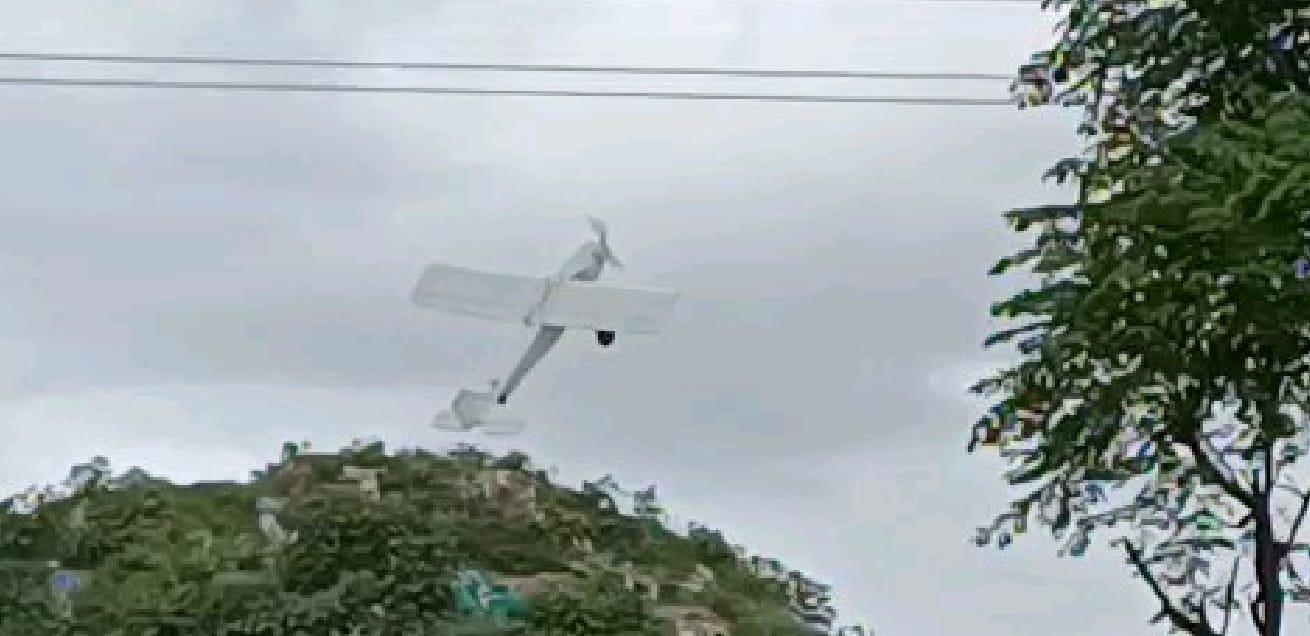
2 minute read
International Journal for Research in Applied Science & Engineering Technology (IJRASET)
ISSN: 2321-9653; IC Value: 45.98; SJ Impact Factor: 7.538
Volume 11 Issue III Mar 2023- Available at www.ijraset.com
Advertisement
VII. RESULTSANDDISCUSSIONS
The UAV designed in this work is built with Deprone foam board which was lighter weight compared to the PVC foam board. The Deprone foam based RC airplanes are observed to be very durable. Different types of foam can be used in the manufacture of planes based on different applications. The main foams used are Expanded Polystyrene (EPS), Expanded Polypropylene (EPP), Expanded Polyolefin (EPO) and Depron.

This project was executed with three different UAV models Each of these models weighted around 300 grams with good flying system but moderate mechanical strength. The model was also laminated to provide better mechanical strength. Fig. 7.1 shows the Test Model of the proposed Fixed wing UAV model and Fig. 7.2 shows the flying view of the model.
VIII. CONCLUSION
The proposed fixed wing UAV is aviated efficiently and navigated with maximum accuracy. This efficient model weighed around 1.287Kg and consumed 82.46W of power. The estimated flight time of the UAV is 28 minutes. The budget for the project is around Rs. 40,000 The process also included, building of various test models and performing different flight tests on these models. The test flight is simulated using flight simulation software. The design is adaptable for changes in design specifications. The system is compliant for additional features for future enhancement of the model. The thrust test is executed successfully and suitable propulsion system for the flight system is selected very effectively. The UAV is expected to aviate efficiently.

IX.ACKNOWLEDGMENT
We express our most sincere acknowledgements to the Management of B.N.M Institute of Technology for giving us an opportunity to execute the work effectively. We also express our sincere gratitude towards the faculty of Electrical & Electronics Engineering Department for their continuous encouragement and co-operation during the conduction of this work.
References
[1] Mustafa Yaz, “Brushless Direct Current Motor Design and Analysis”, Crimson Publishers, published on 29 September 2021.
[2] Kriangkrai Wanngoen, Nanthawat Saetunand, Watcharapol Saengphet and Suradet Tantrairatn, “Angle of Attack Sensor for Small Fixed-Wing Unmanned Aerial Vehicles”, MDPI, Basel, Switzerland, 2020.
[3] Young Tae Shin, Ying-Khai Teh , “Design Analysis and Considerations of Power Efficient Electronic Speed Controller (ESC) for Small-scale Quadcopter Unmanned Aerial Vehicle”, 2018 IEEE 8th Annual Computing and Communication Workshop and Conference (CCWC)
[4] Lukas Herrmann, Tobias Bruckmann , Markus Brocker and Dieter Schramm, “Development of a Dynamic Electronic Speed Controller for Multi-copter”, 2019 18th European Control Conference (ECC), June 2019.
[5] Lukas Herrmann, “Development of a Dynamic Electronic Speed Controller for Multicopter”, Conference: 2019 18th European Control Conference (ECC), DOI- 10.23919/ECC.2019.8795711.
[6] M. D’Andrea, “Brushless DC Motor for Primary Flight Surface Actuator”, 2020 International Conference on Electrical Machines (ICEM), DOI10.1109/ICEM49940.2020.9270696, Aug-2020.
[7] Nathalie Mitton,“Long-Range Wireless Radio Technologies : A Survey ”, DOI-10.3390/fi12010013, January 2020.
[8] Roman Nadolski, Krzyszt of Ludwinek,Jan Staszak, Marek Jaskiewick, “Utilization of BLDC motor in electrical vehicles”, PRZEGLĄD
ELEKTROTECHNICZNY (Electrical Review), ISSN 0033-2097, R. 88 NR 4a/2012.
[9] Martin Simons , “Model Aircraft Aerodynamics”, 5th edition , published by Chris Lloyd Sales & Marketing, 15 January 2015.
[10] M. D Singh, “Power electronics”, TMH publisher, 2nd edition 2007.


